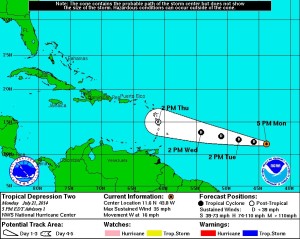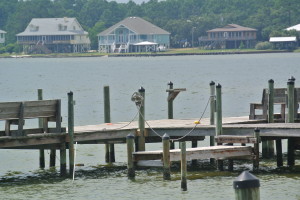Hurricane Arthur Update 04 July 2014 05:45 AM.
As projected in a previous post, Hurricane Arthur came ashore as a Category 2 storm initially just southeast of Beaufort, North Carolina, around 12:00 AM and crossed over the Outer Banks at approximately 3:30 AM. The storm is now over open water in the Atlantic again and is moving to the northeast at nearly 25 MPH. Peak winds are still in excess of 110 MPH but will slowly diminish over the next 24 hours.
Persons from Coastal Virginia to New England can expect heavy rain, gusty winds, high surf, rip currents, beach errosion, some low category tornadoes and areas of lowland flooding over the next 12 to 24 hours.
This will be our final Hurricane Arthur info post. However, please use the information below if you have concerns about conditions for your own area.
Please use the NHC link below for official advisories:
http://www.nhc.noaa.gov/
We are also supplying a link to the NWS US Interactive Storm Map:
http://www.nws.noaa.gov/largemap.php
======================================================================================
“These are not official advisories. These updates and advisories are based upon information from our own computer models, NOAA, Local Weather Data Centers, deep water Buoy Data, and other publicly available sources. FOR THE SAFETY OF YOUR PROPERTY AND PERSON, please refer to your Local, State, and Federal Authority updates for Official Advisories and Orders. For up to the minute advisories and official updates, it is essential that you monitor your local Emergency Government, NOAA and Local Media Broadcasts. Please do not make personal safety decisions based upon information presented here.”
https://gulfstorm.net
Tropical Storm Research Center, Gulf Shores, Alabama.
======================================================================================



